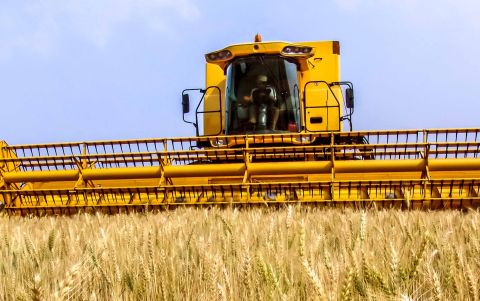The political economy of reforming costly agricultural policies
- From
-
Published on
20.03.23

This post first appeared on the Brookings Institution Future Development blog.
Agricultural support policies provide over $800 billion per year in transfers worldwide. Such policies encompass a broad range of government instruments to support the agriculture sector, which are typically funded from taxpayers and consumers. These include “coupled” subsidies intended to incentivize producers to expand output, “decoupled subsidies” that avoid shifting production incentives, and market-price support measures such as tariff and non-tariff barriers. Many of these policies have facilitated hunger and poverty reduction, but they also have fostered agricultural production systems that threaten environmental sustainability through increased greenhouse gas emission and land use expansion. In addition, by lowering the cost of cereals, they have biased consumption patterns towards calorie-rich and micronutrient-poor diets. Analysis based on global modeling (see figure 1 below) suggests that if governments repurposed a portion of their agricultural support as investments in green innovations and rural infrastructure, there would be concurrent improvements in emission reduction, land use change, farm productivity, poverty levels, and nutrition outcomes.
